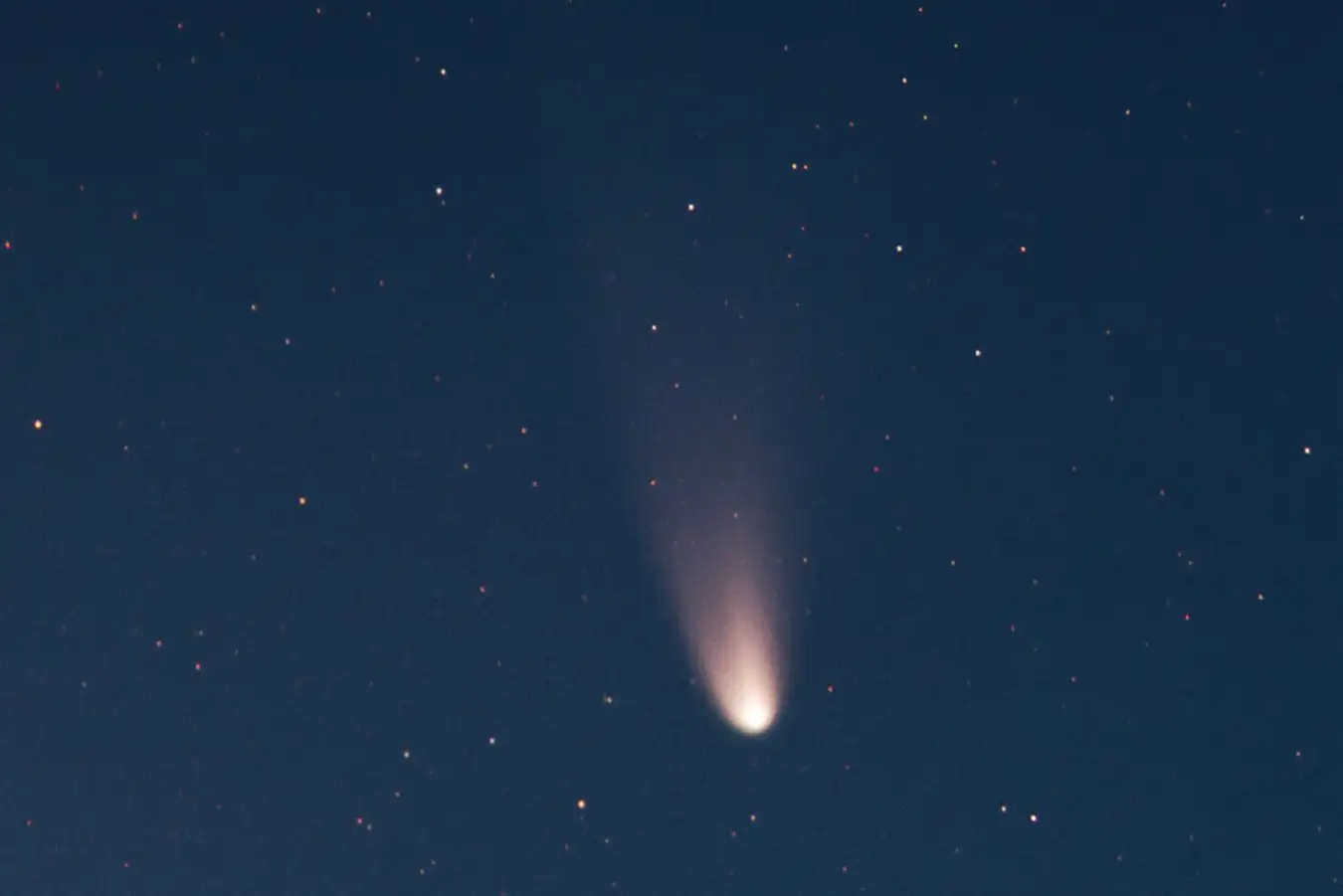Comet C/2024 G3: Signs of Disintegration After Solar Encounter

Comet C/2024 G3 (ATLAS) has recently captured the attention of astronomers and skywatchers alike. This celestial body became visible to the naked eye and shone as brightly as Venus during its closest approach to the sun. However, new observations suggest that the comet may be breaking apart after experiencing intense solar radiation during its perihelion on January 15. As it embarks on a long journey back to the Oort Cloud, where it is expected to remain for 160,000 years, scientists are closely monitoring its condition. This article explores the signs of potential disintegration, expert insights, and what lies ahead for this intriguing comet.
Signs of Potential Disintegration
Recent images shared by Hungarian astrophotographer Lionel Majzik on Spaceweather.com reveal concerning signs regarding Comet C/2024 G3. Between January 18 and 20, observations made in Chile showed that the comet’s coma, the cloud of gas and dust surrounding its nucleus, has significantly dimmed. Additionally, its tail has developed a bright streak known as a “streamer.” These changes suggest that gas and dust may be escaping from the comet through new cracks in its nucleus.
The sudden dimming of the comet’s coma and the appearance of the streamer indicate that the intense solar radiation it encountered during its perihelion may have caused thermal stress. This stress could have weakened the comet’s structural integrity, leading to potential disintegration. The observations have raised alarms among astronomers, as they highlight the fragility of comets when subjected to the harsh conditions of the solar system. As scientists continue to analyze these findings, they remain vigilant in monitoring the comet’s behavior and any further changes that may occur.
Expert Insights and Theories
Experts in the field of astronomy are weighing in on the recent developments concerning Comet C/2024 G3. Richard Miles, a comet expert with the British Astronomical Association, noted that early observations after the comet’s perihelion showed no signs of damage. However, the recent findings suggest that the comet’s structural integrity may have changed. Predicting the behavior of comets is notoriously challenging, and Miles emphasizes the need for continued observation.
Amateur astronomer Nicolas Lefaudeux has also provided insights into the comet’s brightness fluctuations. He suggests that these changes could be related to the comet’s positioning relative to the sun. However, this explanation does not fully account for the observed streamer, raising further questions about the comet’s condition. As experts analyze the data, they are reminded of the unpredictable nature of comets and the complexities involved in understanding their behavior. The ongoing observations will be crucial in determining the fate of Comet C/2024 G3.
What Lies Ahead
The future of Comet C/2024 G3 remains uncertain as it continues its journey back to the outer reaches of the solar system. Cometary disintegration often occurs when solar radiation causes outgassing and fractures in the nucleus. While it is possible that C/2024 G3 sustained damage during its close approach to the sun, further monitoring is essential to confirm its fate.
Scientists are committed to observing the comet’s progression closely. They aim to determine whether it will remain intact or scatter into fragments as it travels through space. The ongoing study of this comet not only enhances our understanding of its behavior but also contributes to the broader knowledge of cometary dynamics. As astronomers keep a watchful eye on Comet C/2024 G3, they hope to gain insights into the processes that govern these fascinating celestial objects.
Observer Voice is the one stop site for National, International news, Sports, Editor’s Choice, Art/culture contents, Quotes and much more. We also cover historical contents. Historical contents includes World History, Indian History, and what happened today. The website also covers Entertainment across the India and World.

